12 Toxic Plants You Should NEVER Have in Your House or Yard
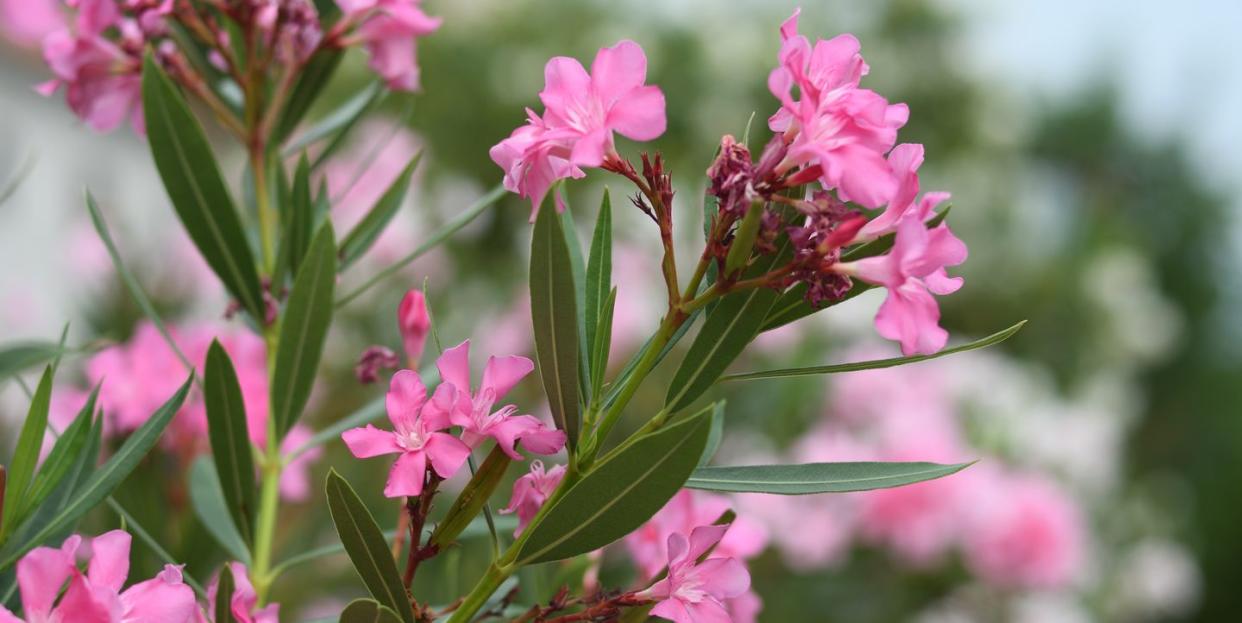
Few things are as gorgeous, inviting, or peaceful looking as a garden—but some of the prettiest flora can also be deadly. It's important to be aware of the toxic plants and flowers you shouldn’t have around your house, especially if you have inquisitive kids or pets. Even "pretty" houseplants can be dangerous. Just a nibble of some of these common garden plants or houseplants can cause serious health effects, including seizures, increased heart rate, or GI distress. Kids may be attracted to the bright berries of some of them, and others can be deadly to pets, even if ingested in small amounts.
You may be tempted to plant these and just keep them away from curious kids and animals, but that's not always easy to do out in the garden or your home—and you can't watch everyone all the time. What makes having toxic plants around even scarier is that, unless you've actually witnessed your child or pet eating or touching a plant, you may never guess it's to blame if they suddenly become violently ill, making the situation difficult to treat.
Read on to discover twelve highly dangerous plants you should avoid. And if you suspect your kid or fur baby has sampled on a suspicious plant—even if you're not sure it’s toxic—call your doctor or vet ASAP. It's always better to be safe than sorry, plus any plant can cause GI upset or vomiting or other health issues if ingested in large enough quantities.
Ahead, the toxic twelve plants you should never have in or around your house:
Oleander
This pretty landscape shrub is popular in warm climates, but its leaves and flowers contain toxic cardiac glycosides, which can cause abdominal pain, drooling, or death. A single leaf can be fatal to a small child.
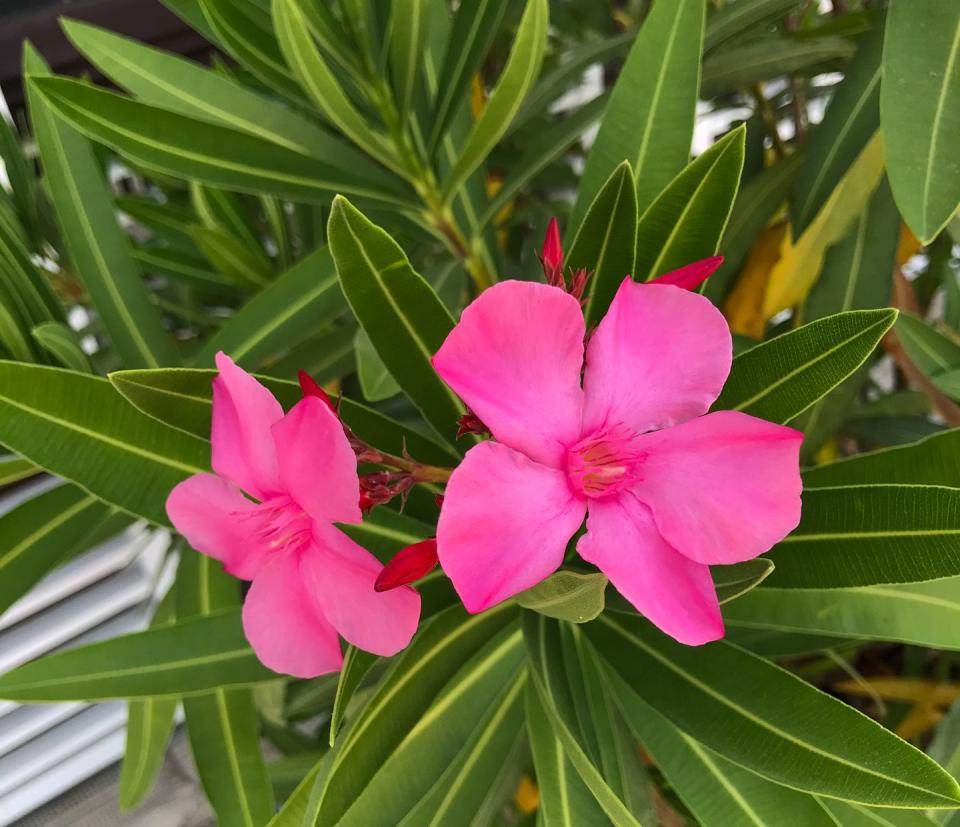
Giant Hogweed
This member of the carrot or parsley family can reach 15 to 20 feet tall at maturity, with leaves that are up to 5 feet wide, thick stems, and white umbrella-shaped flowers. But the invasive species contains furanocoumarins in its sap. When the sap contacts skin and is exposed to sunlight, severe skin inflammation and painful blisters erupt. The blisters may last for months and cause long-term sensitivity to sunlight.
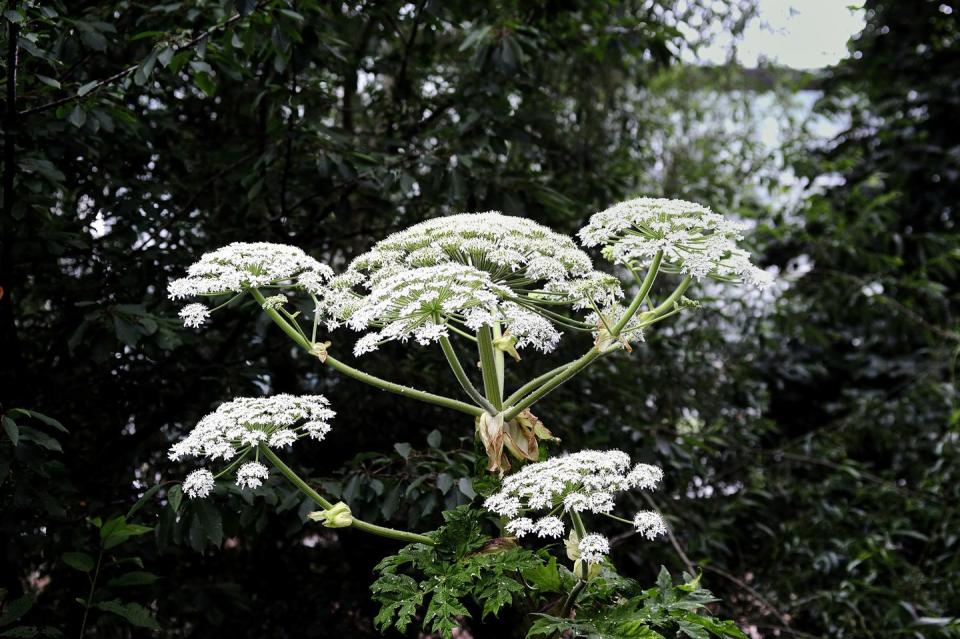
Foxglove
Foxglove is a popular cottage garden plant, but all parts of the plant contain several cardiac glycosides, including digoxin and digitoxin. Ingesting this plant can be fatal to people and is likewise dangerous for pets, leading to cardiac failure or death.
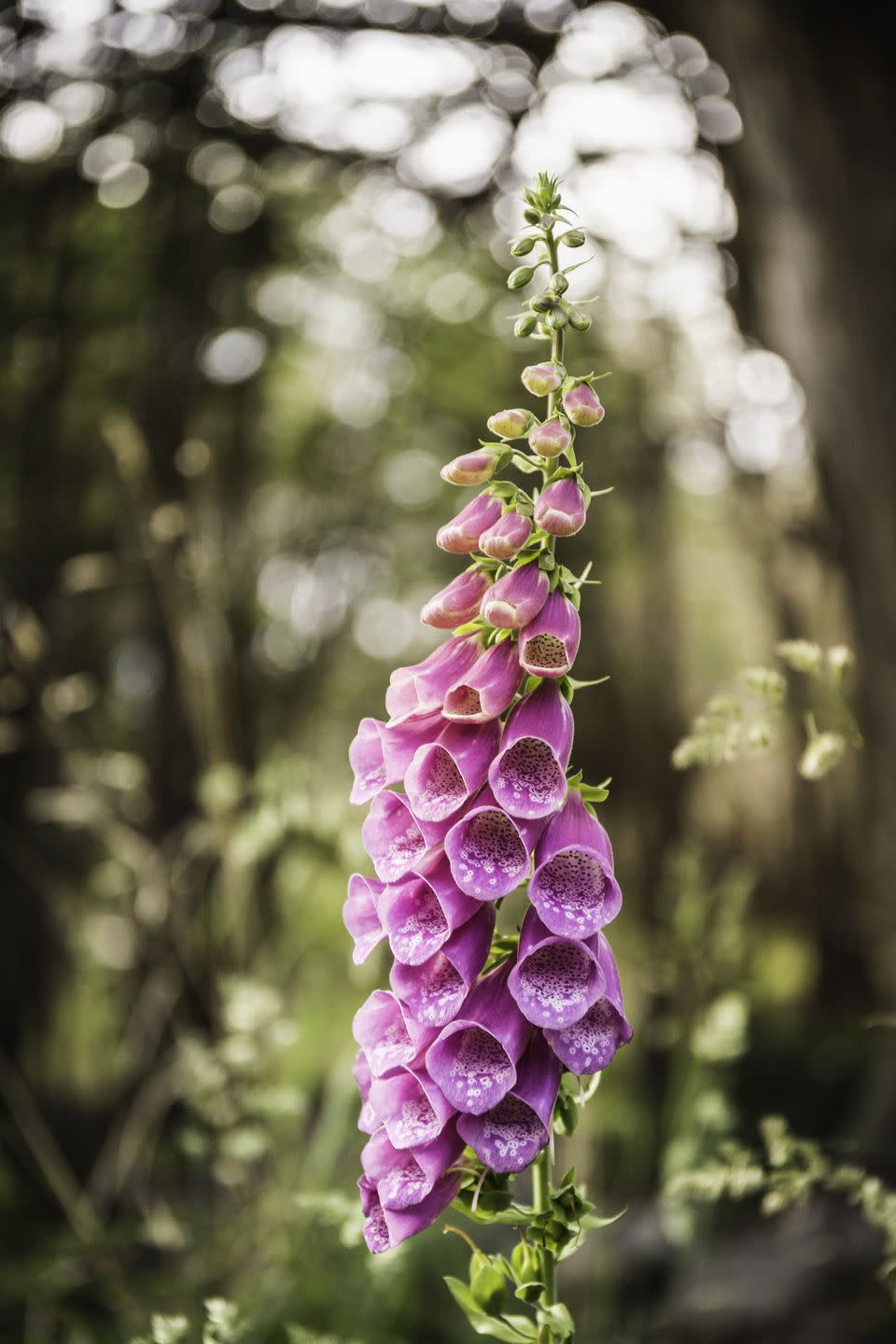
Nightshade
Nightshade may be erect or vining with purple bell-shaped or white or purple star-shaped flowers. The fruit is dark purple-black or red, depending on the type of nightshade. All parts of any nightshade plant are poisonous; the berries probably pose the biggest risk because curious kids or pets may eat them. Handling the plant also can cause dermatitis in people with sensitive skin.
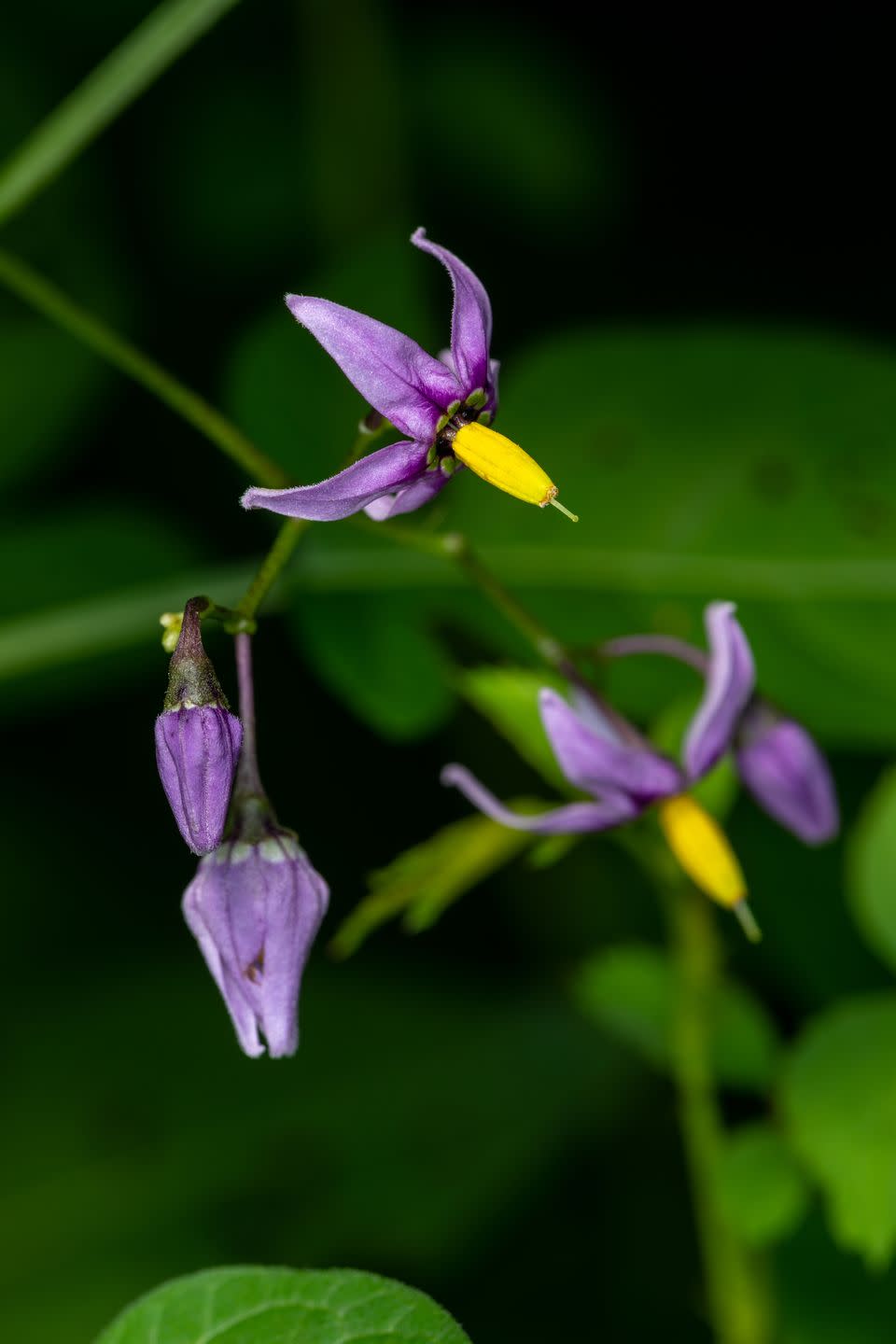
Mistletoe
Keep this common holiday plant out of your home. Mistletoe contains phoratoxin, which is toxic when any part of this plant is eaten. Tea created from the plant or its berries is also poisonous. Pets who ingest any part of this plant may experience vomiting, difficulty breathing, or low heart rate.
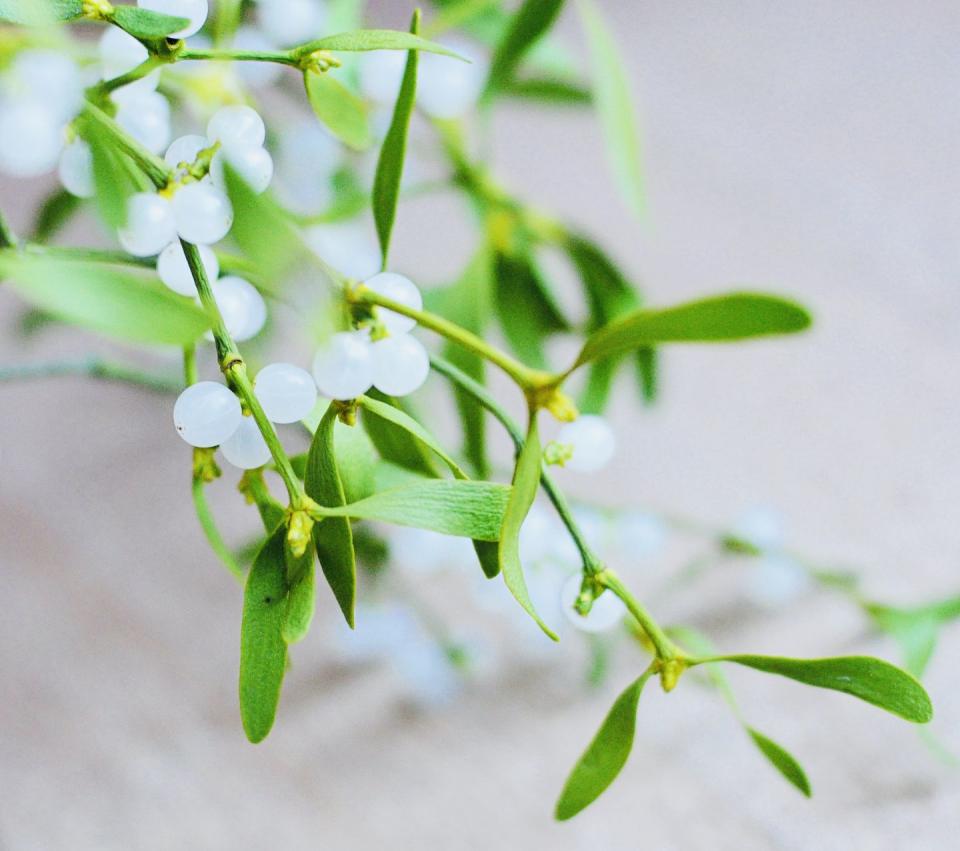
Rhododendron or Azalea
Part of the same genus, both of these common ornamental garden shrubs contain toxic grayanotoxins, which can cause vomiting, excess salivation, coma, or even death in people and pets. Azaleas are often given as houseplants, too, so be wary with displaying them indoors.
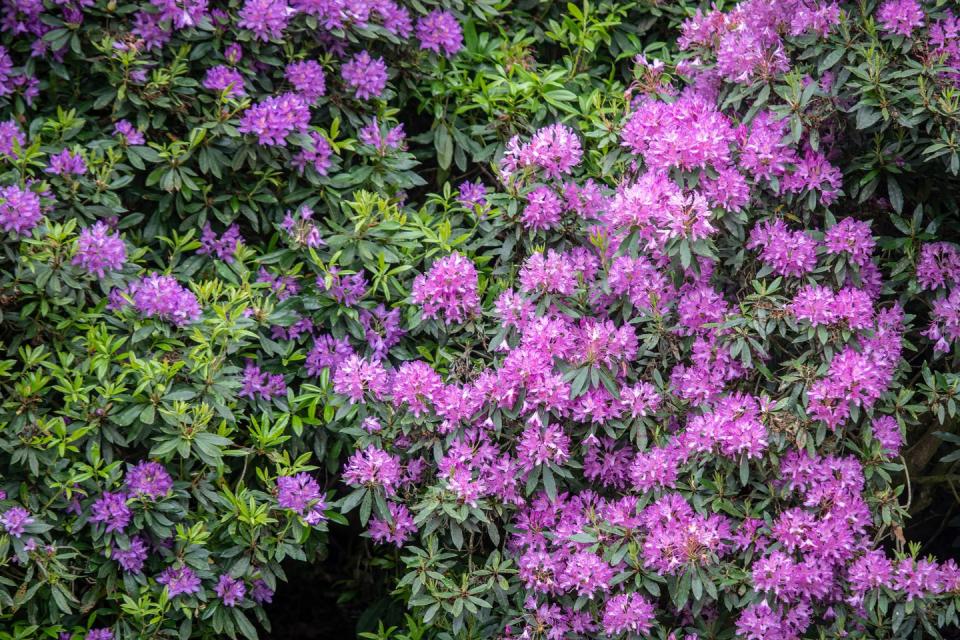
Caladium
Also called elephant ear, this striking heart-shaped plant is used both indoors and out. But it contains insoluble calcium oxalates, which cause oral irritation, swelling of the mouth, tongue and lips and vomiting in pets. It’s also toxic to people.
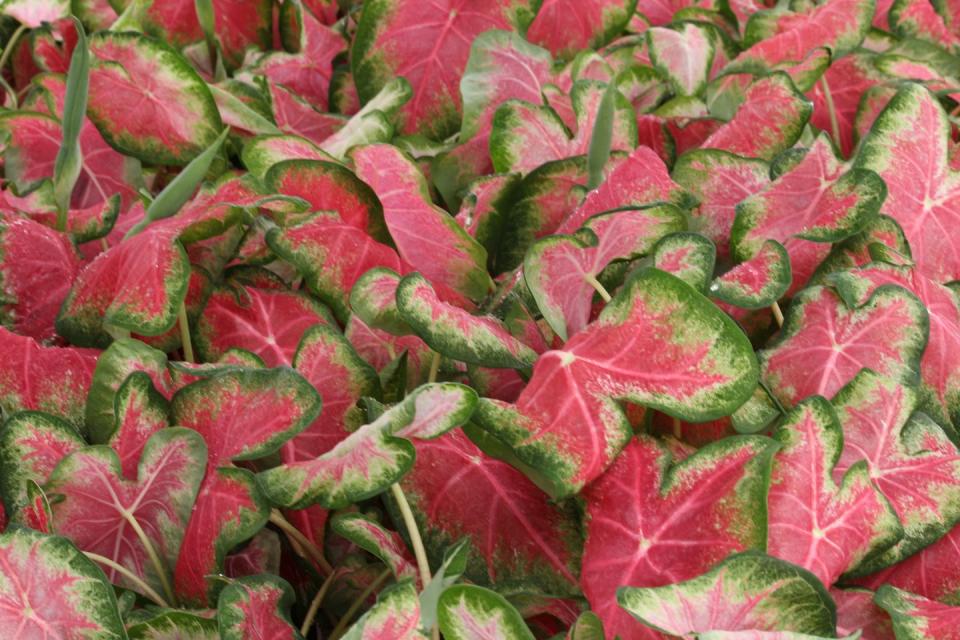
Lily of the Valley
This pretty groundcover or bouquet filler with glossy green leaves and spikes of tiny, white dangling flowers contains cardenolides. All parts of the plant can be irritating or even fatal for people and pets, causing vomiting, irregular heart beat, or death.
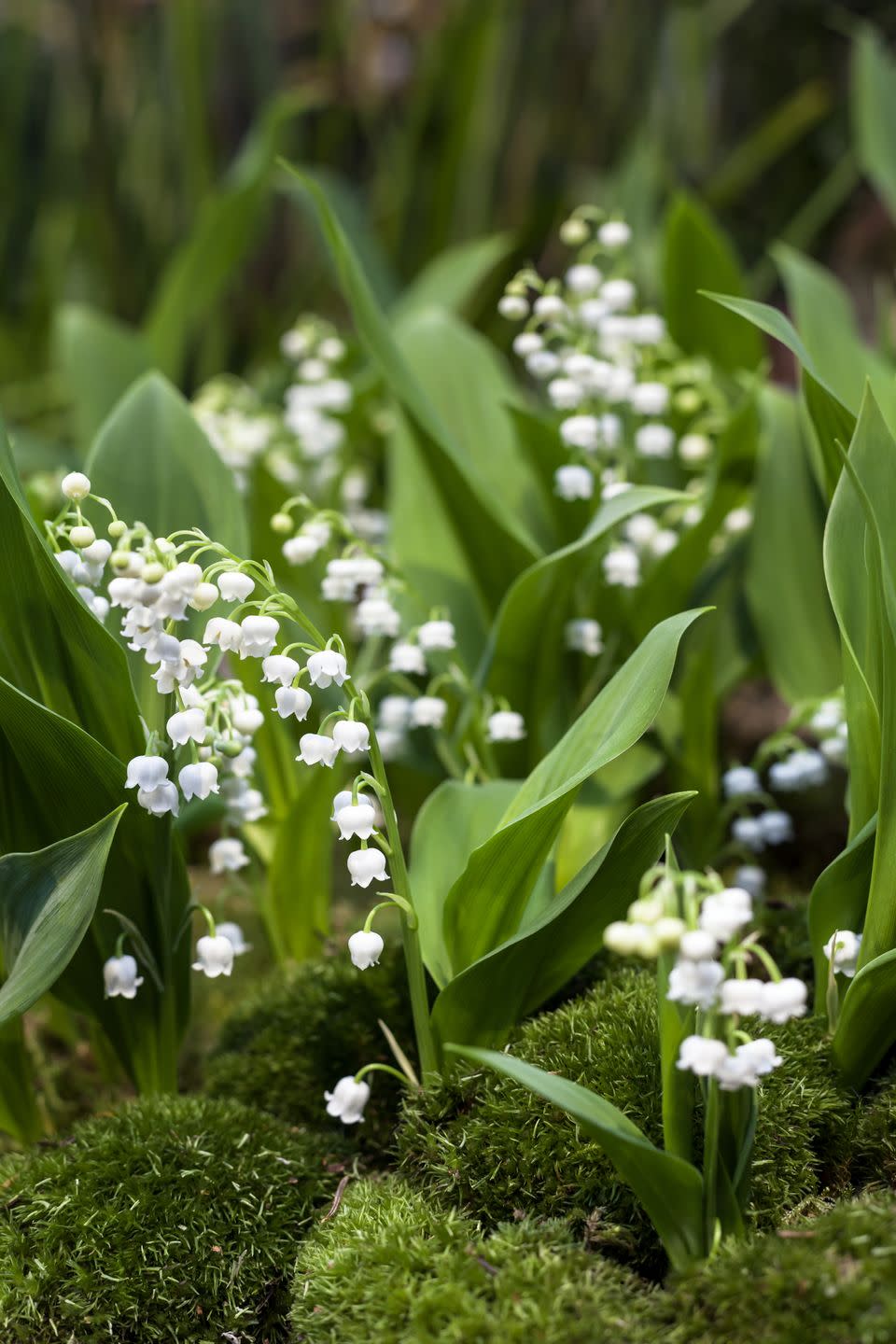
Daffodil
Daffodils and related plants, such as clivia and amaryllis, contain lycorine, which can cause vomiting, drooling, convulsions and irregular heartbeats in people and pets. The highest concentrations of toxins are in the bulbs. Be careful about planting them in your yard or displaying small potted daffodils indoors.
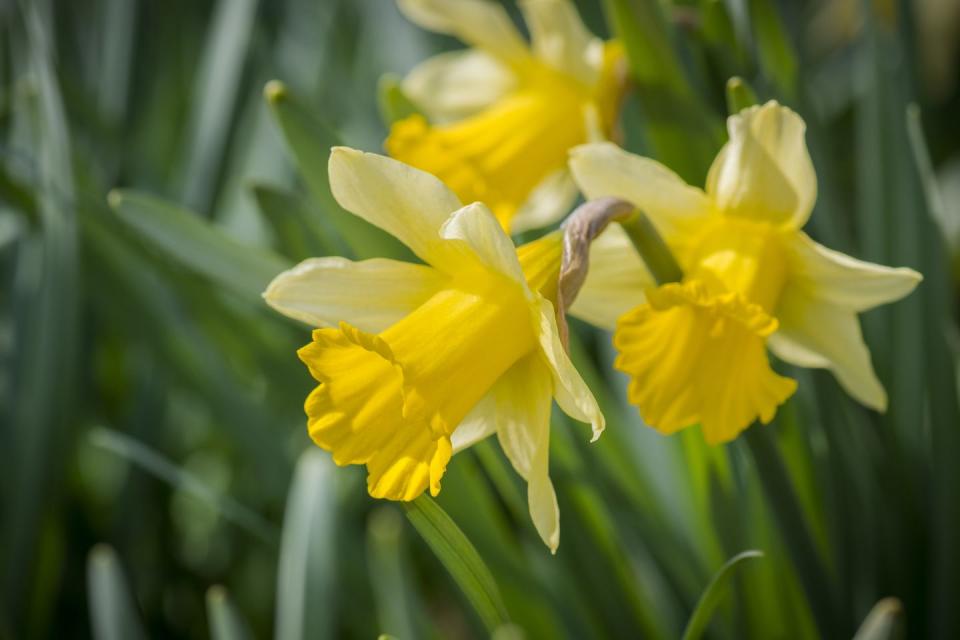
Autumn Crocus
This pretty bulb contains colchicine and other alkaloids which are toxic to people and pets, causing oral irritation, vomiting, shock and organ damage.
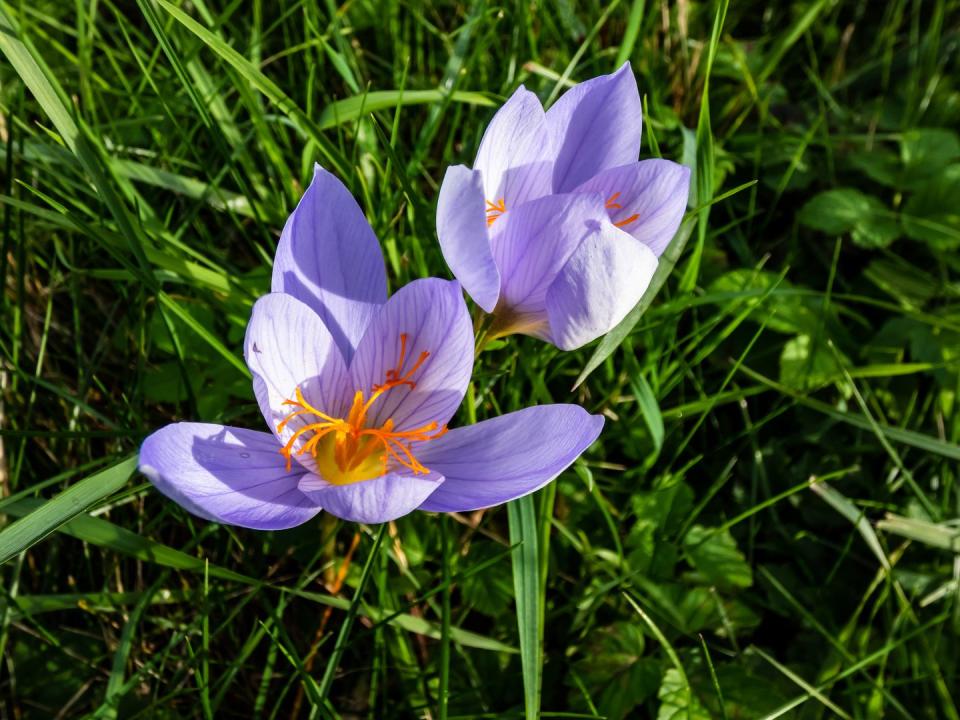
Morning Glory
These vining annuals have attractive flowers, but the plant contains toxic indole alkaloids, which can cause vomiting in pets. Ingesting morning glories can cause everything from diarrhea to hallucinations in people.
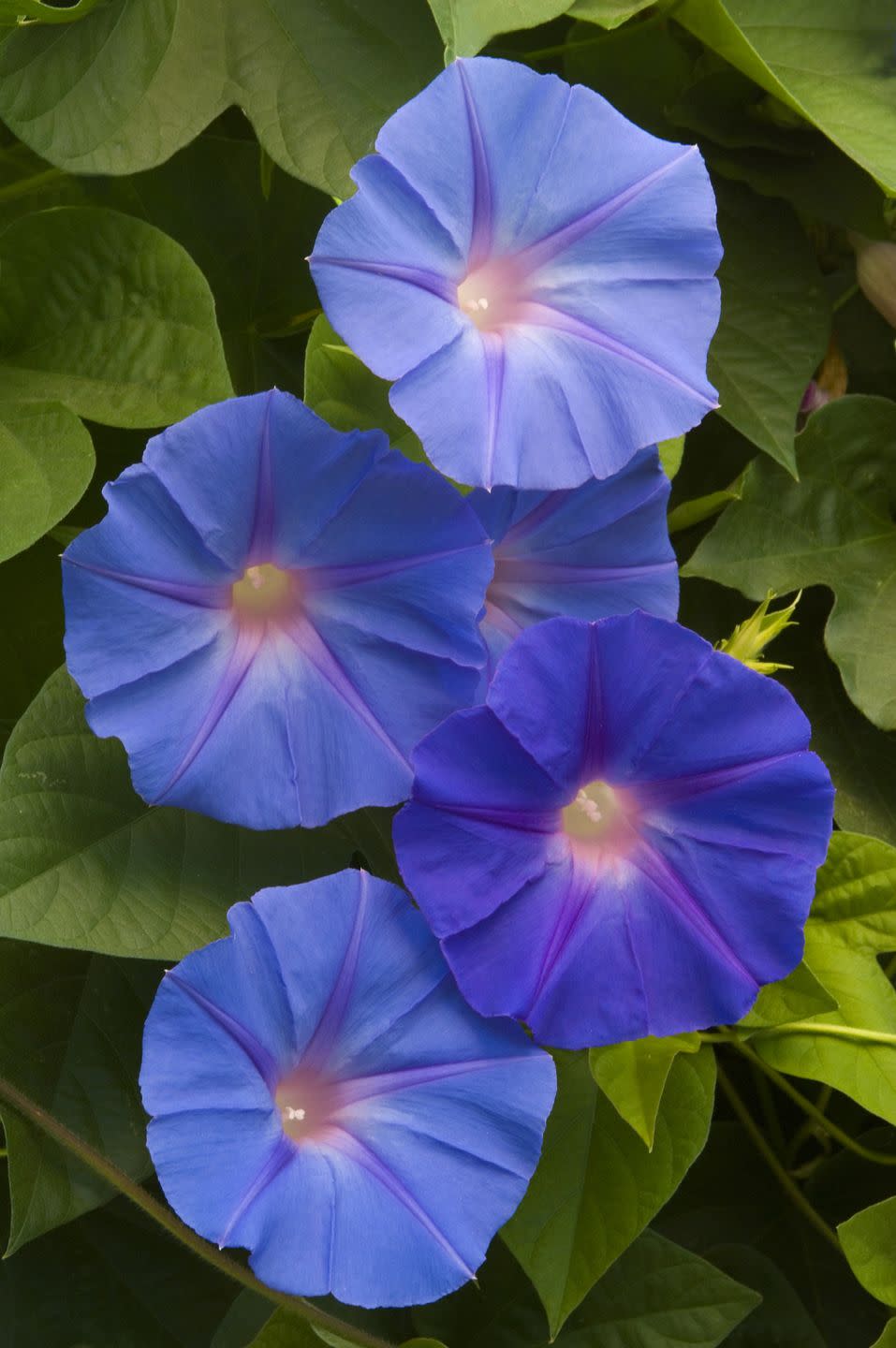
Yew
This shrub is often used as a landscape plant with its shiny evergreen needles and bright red berries. But it contains taxine in all parts of the plant, causing muscle tremors or sudden death in animals and breathing difficulties, dizziness, and convulsions in people
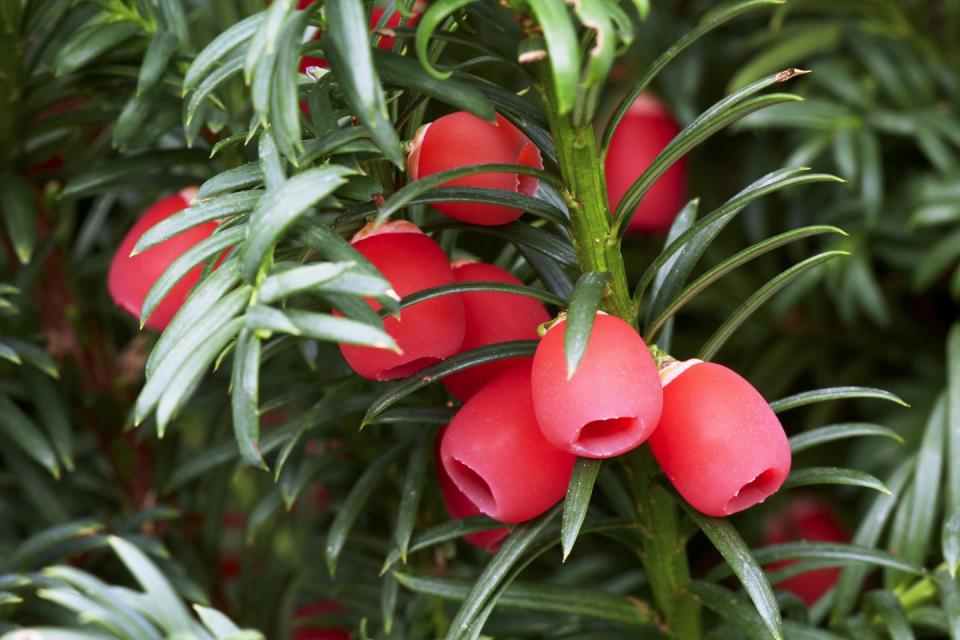
You Might Also Like

